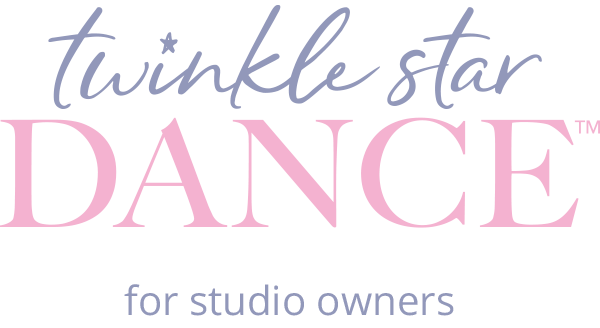In today’s fast-paced world, parents often find themselves overwhelmed with stress. The demands of parenting, combined with societal pressures and financial concerns, can take a toll on mental health. Dance classes designed specifically for parents offer a much-needed escape and a path to wellness.
The Stress Epidemic Among Parents
Recent surveys indicate that parents experience significantly higher stress levels compared to non-parents. Factors such as a lack of social support, financial burdens, and negative online influences contribute to this stress. In this challenging landscape, dance classes provide an outlet that encourages physical movement and emotional release.
The Healing Power of Dance
Engaging in dance for just 30 minutes a day can drastically improve mood and overall well-being. The release of endorphins during dance reduces feelings of anxiety and elevates happiness. Furthermore, the communal aspect of dancing fosters a sense of connection among participants, making it an ideal environment for parents seeking support and camaraderie.
Tailored Dance Programs for Parents
To maximize the benefits, dance classes for parents should be designed with their unique needs in mind. Implementing a “Follow Me” teaching style minimizes verbal instruction, allowing participants to focus on the emotional experience of dancing rather than worrying about technique. Incorporating repetition in routines helps build familiarity, easing anxiety and enhancing enjoyment.
Creating a Supportive Community
Dance classes for parents can serve as a social outlet, providing a platform for shared experiences and communication. This non-judgmental space encourages parents to express themselves, reducing feelings of isolation. Additionally, the collective journey of overcoming dance challenges fosters deeper bonds and builds a supportive network among participants.
Dance classes offer parents an effective and enjoyable way to manage stress and improve their mental health. By promoting physical activity, social interaction, and emotional well-being, these classes create a positive environment that benefits both parents and their families. Encouraging parents to engage in dance not only enriches their lives but also contributes to a healthier, more supportive community for children and caregivers alike.
Meet Tiffany Henderson
Tiffany Henderson is a renowned leader and expert in the dance industry. She is the owner of several Tiffany's Dance Academy locations across Northern California. Tiffany’s innovative video-based teacher training system and curriculum, Twinkle Star Dance, is successfully used in over 300 dance studios around the globe.
Sources
Basso, J. C., Satyal, M. K., & Rugh, R. (2021). Dance on the Brain: Enhancing Intra- and Inter-
Brain Synchrony. Frontiers in Human Neuroscience, 14, 584312.
https://doi.org/10.3389/fnhum.2020.584312
Britten, L., Pina, I., Nykjaer, C., & Astill, S. (2023). Dance on: A mixed-method study into the
feasibility and effectiveness of a dance programme to increase physical activity levels and
wellbeing in adults and older adults. BMC Geriatrics, 23(1), 48.
https://doi.org/10.1186/s12877-022-03646-8
Duckworth, A. (2018). Grit: The power of passion and perseverance (First Scribner trade
paperback edition). Scribner.
Dunsky, A. (2019). The Effect of Balance and Coordination Exercises on Quality of Life in
Older Adults: A Mini-Review. Frontiers in Aging Neuroscience, 11, 318.
https://doi.org/10.3389/fnagi.2019.00318
New England Journal of Medicine. (n.d.).
https://www.nejm.org/doi/full/10.1056/NEJMoa022252
Ratey, D. J. J. (2013). Spark!: The revolutionary new science of exercise and the brain. Quercus
Books.
Seligman, M. E. P. (1998). Learned optimism. Pocket Books.
The Joy of Dance. (n.d.). https://www.psychologytoday.com/us/blog/explorations-of-the-
mind/202409/the-joy-of-dance
We need to fix parent stress. (n.d.). https://www.psychologytoday.com/us/blog/the-relationship-
realist/202409/surgeon-general-advisory-we-need-to-fix-parental-stress



